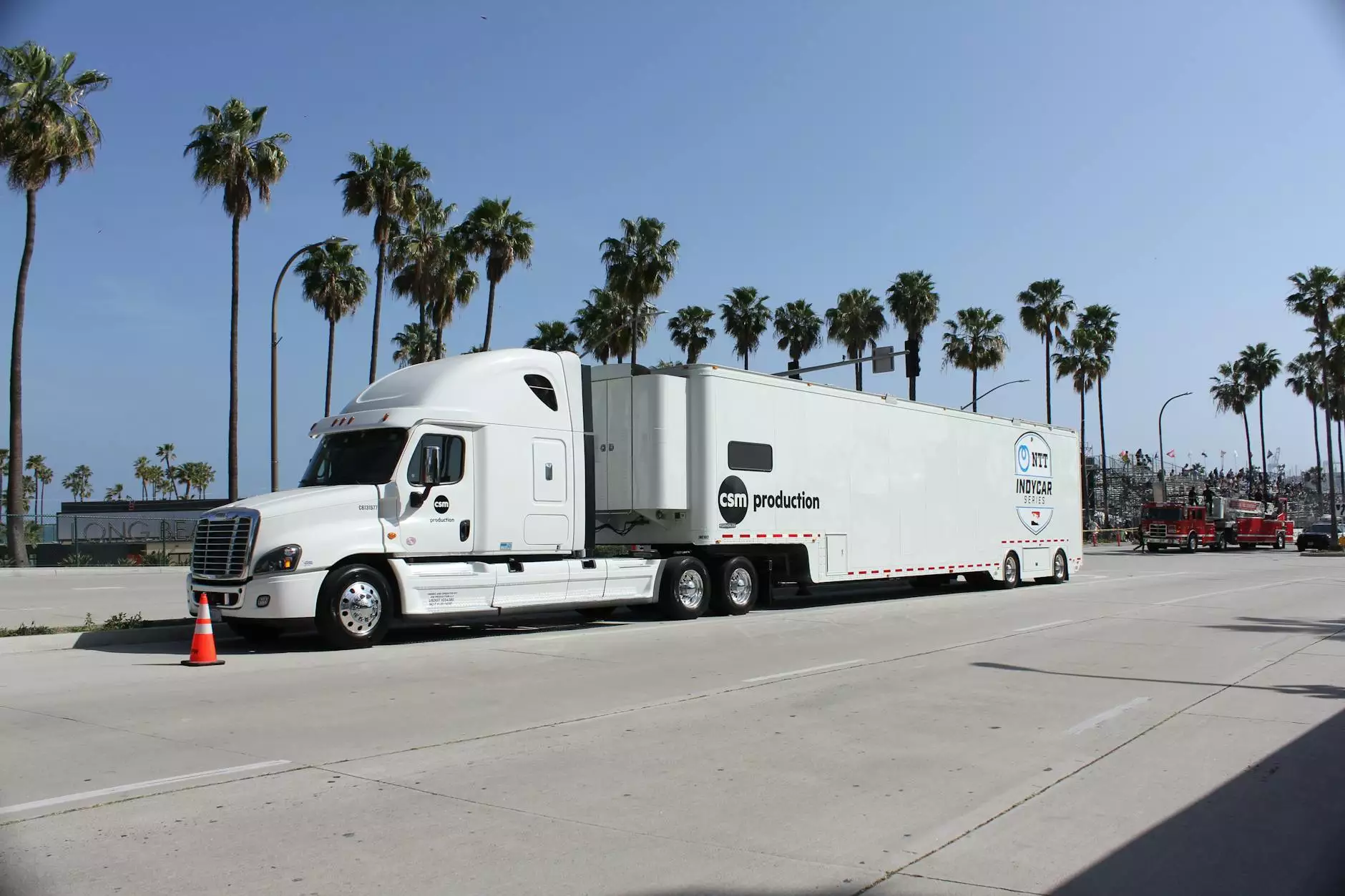Understanding Industrial Freeze Dryer Cost: A Comprehensive Guide

What is an Industrial Freeze Dryer?
An industrial freeze dryer, also known as a lyophilizer, is a vital piece of equipment used in various industries, including food processing, pharmaceuticals, and biological research. This advanced drying technique removes moisture from materials while preserving their structure, flavor, and nutritional value.
The freeze-drying process involves three key stages: freezing, primary drying (sublimation), and secondary drying (desorption). Each of these stages is crucial for producing high-quality, shelf-stable products. The importance of understanding the industrial freeze dryer cost comes in when you consider the value and efficiency it brings to your production processes.
Factors Influencing Industrial Freeze Dryer Cost
The cost of an industrial freeze dryer is not a simple figure; it varies based on several factors that can significantly influence the final price. Here are the primary considerations:
- Size and Capacity: Industrial freeze dryers come in various sizes, from small lab-scale models to large-scale production units. The capacity, typically measured in kilograms per batch, directly impacts the cost.
- Technology and Features: Modern freeze dryers may include advanced features such as automated control systems, digital monitoring, and energy-efficient technologies. These enhancements can raise the base cost but also improve efficiency.
- Material and Build Quality: The durability of the materials used in construction (e.g., stainless steel) affects both the cost and longevity of the equipment.
- Brand Reputation: Trusted manufacturers may charge more for their products due to their reliability, warranty, and after-sales service.
- Energy Consumption: The operational cost can impact the overall investment. A more energy-efficient model may have a higher initial cost but lower operating expenses over time.
Average Industrial Freeze Dryer Costs
On average, the cost of industrial freeze dryers can range broadly. For entry-level models suitable for small batches, prices can start around $20,000. In contrast, larger, more sophisticated units specifically designed for high-capacity production can exceed $100,000 or more.
Here is a breakdown of potential costs based on size and capacity:
- Small Scale (up to 10 kg/batch): $20,000 - $50,000
- Medium Scale (10 kg to 50 kg/batch): $50,000 - $100,000
- Large Scale (50 kg and above): $100,000 and up
Keep in mind that these prices can fluctuate based on additional features, customization options, and market conditions.
Benefits of Investing in an Industrial Freeze Dryer
Understanding the industrial freeze dryer cost is essential, but it is equally important to recognize the benefits that come with this investment. Here are some advantages:
- Product Quality: Freeze-drying preserves flavor, texture, and nutritional value effectively, ensuring high-quality end products.
- Extended Shelf Life: Products treated with a freeze dryer can have a shelf life of several years, reducing wastage and increasing profitability.
- Versatility: Freeze dryers can handle a wide variety of materials, making them suitable for multiple applications across different industries.
- Efficiency: Automated systems can optimize the freeze-drying process, improving yield and reducing labor costs.
Choosing the Right Freeze Dryer for Your Business
Making the right choice for your industrial freeze dryer is crucial to your business's success. Here are some tips to guide your selection:
- Identify Your Needs: Determine the types of products you will be freeze-drying and their respective volumes.
- Research Brands: Investigate different manufacturers, read reviews, and consider warranty options and after-sales support.
- Consider Future Growth: Choose a model that can accommodate possible business expansion to avoid the necessity of a costly upgrade soon.
- Evaluate Energy Efficiency: Look for energy-efficient models that will save costs in running the equipment long-term.
- Request Demonstrations: If possible, see the equipment in action or ask for product samples that have been freeze-dried using the machine you are considering.
Maintenance and Operational Costs
Beyond the purchase price, it’s essential to factor in maintenance and operational costs when assessing the industrial freeze dryer cost. These costs can include:
- Routine Maintenance: Regular servicing to ensure optimal performance and longevity of the equipment.
- Energy Consumption: Understand the power requirements and calculate the estimated energy costs based on your production needs.
- Replacement Parts: Factor in costs for potential parts that may need replacing over time, such as gaskets, vacuum pumps, or refrigeration components.
- Labor Costs: Estimate staffing needs for operating and maintaining the freeze-drying process.
The Future of Industrial Freeze Drying
The technology behind freeze drying continues to advance, with innovations aimed at making processes more efficient and adaptable to changing market demands. Future trends may include:
- Increased Automation: Enhancements in automation technology will make systems easier to operate and monitor.
- AI Integration: Artificial intelligence could be used for predictive maintenance and optimization of the drying process.
- Sustainability: New designs are aimed at reducing energy consumption and environmental impact.
As the industry evolves, staying informed about the latest trends can position your business ahead of the competition.
Conclusion
In conclusion, understanding the industrial freeze dryer cost involves considering various factors that influence pricing, maintenance, and operational efficiency. When investing in this essential equipment, analyze your needs thoroughly and choose a model that aligns with your business objectives. With careful planning and the right equipment, you can ensure high-quality products and operational success in your industry.









